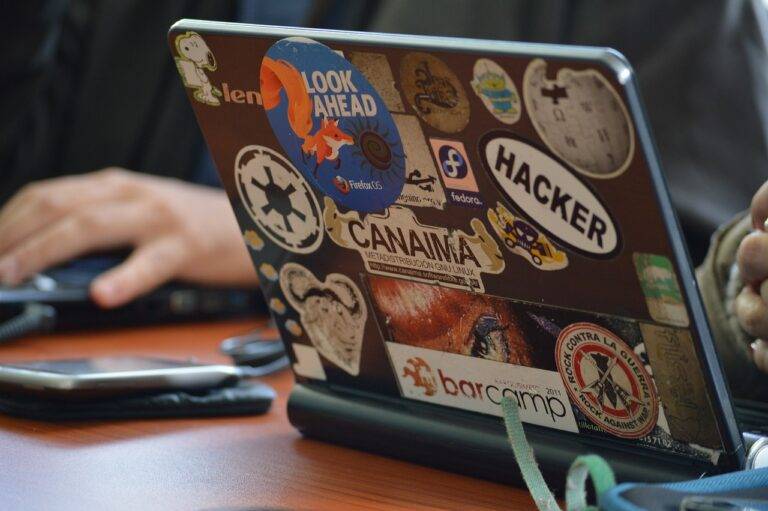Business Strategies for Managing Remote Teams
Remote team management poses unique challenges that traditional in-office teams may not encounter. One significant obstacle is the difficulty in fostering team cohesion and ensuring effective collaboration when team members are physically dispersed. This lack of proximity can sometimes lead to feelings of isolation and hinder the natural flow of communication within the team.
Another challenge of managing remote teams is the potential misalignment of goals and confusion regarding expectations. Without clear communication channels and regular check-ins, team members may not fully grasp their responsibilities or understand the overarching objectives of the project. This can result in delays, duplications of work, and a decrease in overall productivity within the remote team setting.
Effective Communication Tools for Remote Teams
In the realm of remote team management, the significance of employing effective communication tools cannot be overstated. With team members dispersed across different locations, the need for seamless and efficient communication becomes paramount. A well-chosen set of communication tools can bridge the gap between team members, ensuring clarity, collaboration, and productivity.
From instant messaging platforms like Slack and Microsoft Teams to video conferencing tools such as Zoom and Google Meet, the options are plentiful. These tools enable real-time conversations, file sharing, screen sharing, and project updates, fostering a sense of connectedness among team members despite the physical distance. Additionally, project management tools like Trello and Asana provide transparency regarding tasks, deadlines, and progress, keeping the team aligned and focused on common objectives.
What are some common challenges of managing remote teams?
Some common challenges of managing remote teams include communication barriers, lack of team cohesion, time zone differences, and difficulty in monitoring productivity.
What are some effective communication tools for remote teams?
Some effective communication tools for remote teams include Slack, Microsoft Teams, Zoom, Google Meet, Trello, and Asana.
How can remote team managers ensure effective communication among team members?
Remote team managers can ensure effective communication among team members by setting clear expectations, establishing regular check-ins, utilizing collaboration tools, and fostering a culture of open communication.
How can remote team managers address time zone differences?
Remote team managers can address time zone differences by establishing overlapping work hours, scheduling meetings at convenient times for all team members, and utilizing asynchronous communication methods.
How can remote team managers monitor productivity without micromanaging?
Remote team managers can monitor productivity without micromanaging by setting clear goals and deadlines, utilizing project management tools, and trusting team members to complete their tasks effectively.





